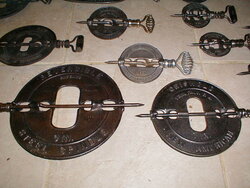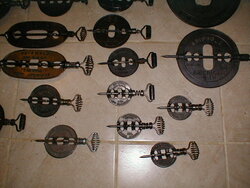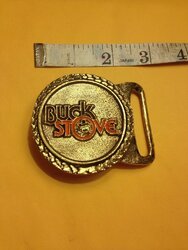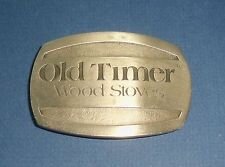You should open damper and squeeze pipe so it is close to perfectly round. The damper should spin without touching a clean pipe. Then you'll know how much space the damper is actually closing off. Your half (45*) or quarter damper setting may be closing it much more than you think since the plate comes into contact with the pipe.
Half turn was good here for milder nights but you also have to leave damper open more as it gets warmer outside. (less draft with less temperature differential between inside and outside of flue) Storms with lower pressure also requires the damper open farther so the lower air pressure can get into the stove having less pressure pushing in. Even the sun beating on the chimney pipe during the day requires the damper open more so it's a constantly changing adjustment.
The more heat you need, the larger the air opening. If you want to bring the top up hotter for raising the temp in the house or cooking, 2 turns with open damper is like full throttle, then close damper about half way to continue cooking and stand back. Your top at the lower bend should hit 600 regularly with a baffle plate. It takes the spikes out of the pipe temps as well making it much more controllable.
Half turn was good here for milder nights but you also have to leave damper open more as it gets warmer outside. (less draft with less temperature differential between inside and outside of flue) Storms with lower pressure also requires the damper open farther so the lower air pressure can get into the stove having less pressure pushing in. Even the sun beating on the chimney pipe during the day requires the damper open more so it's a constantly changing adjustment.
The more heat you need, the larger the air opening. If you want to bring the top up hotter for raising the temp in the house or cooking, 2 turns with open damper is like full throttle, then close damper about half way to continue cooking and stand back. Your top at the lower bend should hit 600 regularly with a baffle plate. It takes the spikes out of the pipe temps as well making it much more controllable.




 .
.




